Is a just wonderful cube shaped little thing. There isn’t much online about this camera, and there really isn’t much to talk about in terms of features. It’s a basic 35mm viewfinder, there’s nothing special about it – except for its shape.
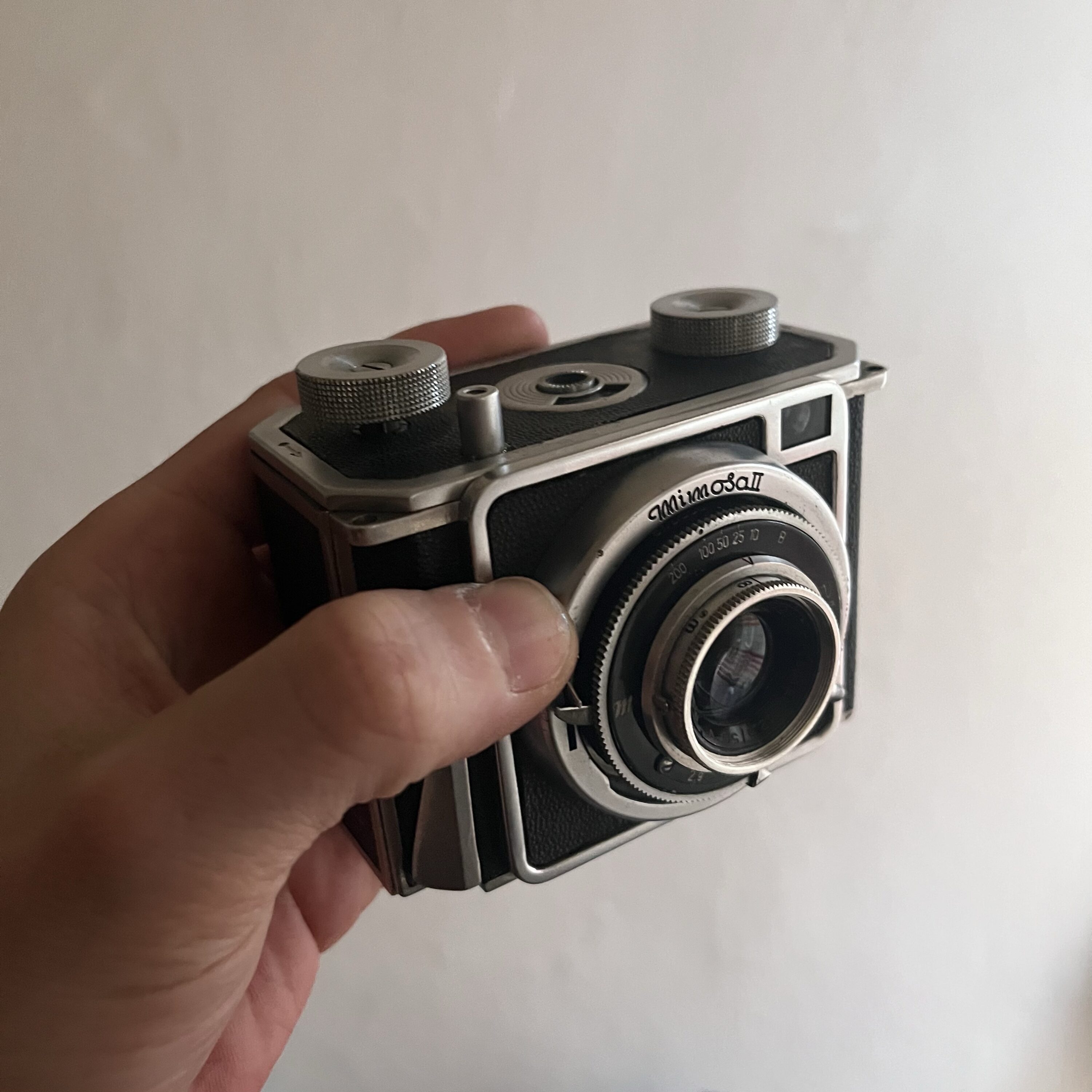
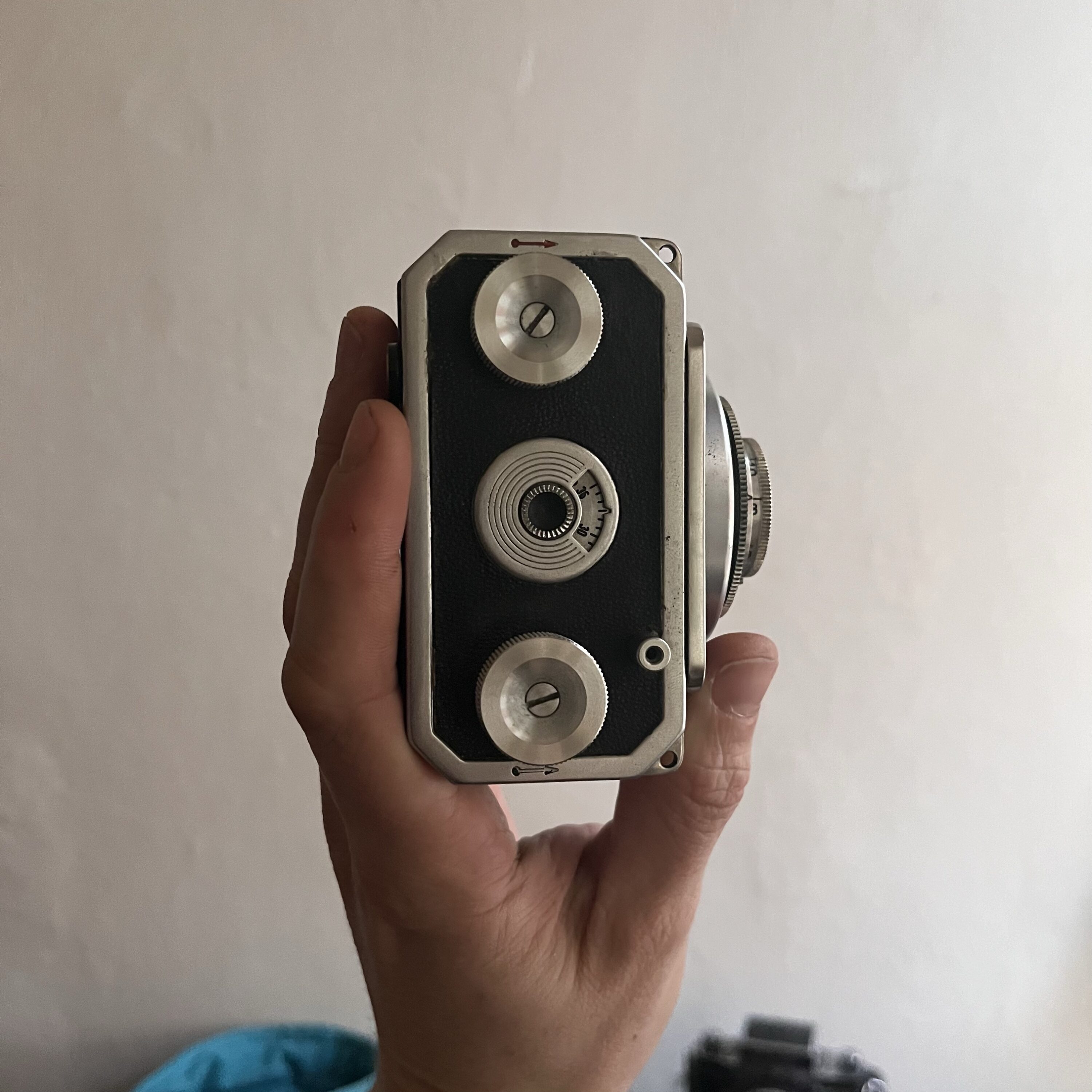
And the physical thing itself is just beautiful. It’s very well made, feels extremely solid, and there’s nothing to go wrong with it. Its design didn’t catch on at all, obviously – but holding it, it still feels like a design classic, somehow. It’s so focused, nothing on it is superfluous. But there’s also nothing missing, as would be the case with the usual cheap box cameras. The Mimosa isn’t one of those.
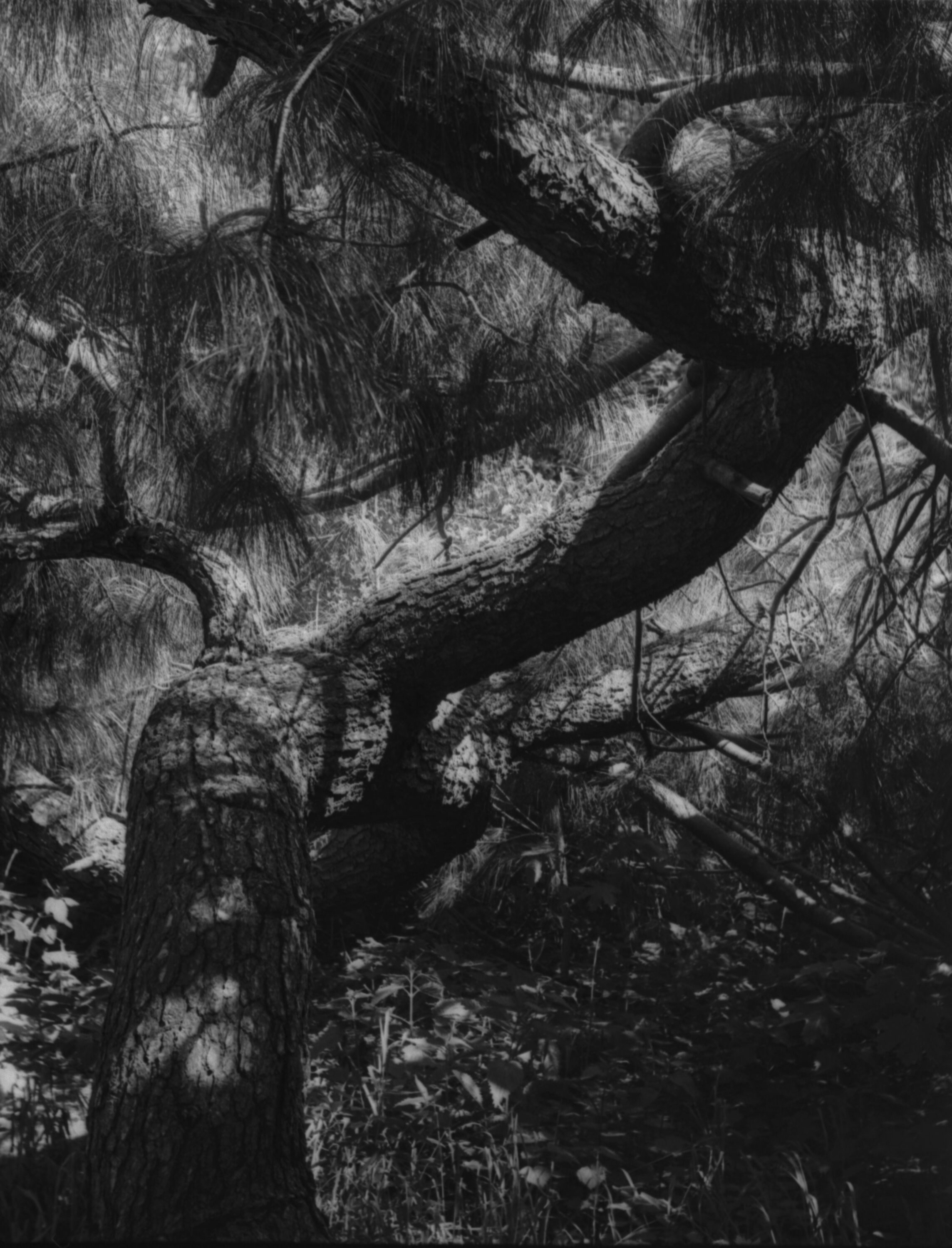
The Mimosa is just – fine. The lens (f2.9 Meyer Trioplan in mine) is fine, the shutter (a specially-developed self-cocking one) is fine, the body itself is fine. There’s an exposure counter on the top, along with film wind- and rewind knobs. This is basically a point-and-shoot camera, except a really high-quality one, and one that came out about 40 years too early.
And it’s just a joy to use. I’m having trouble explaining why exactly, but I actually unironically love this little thing.
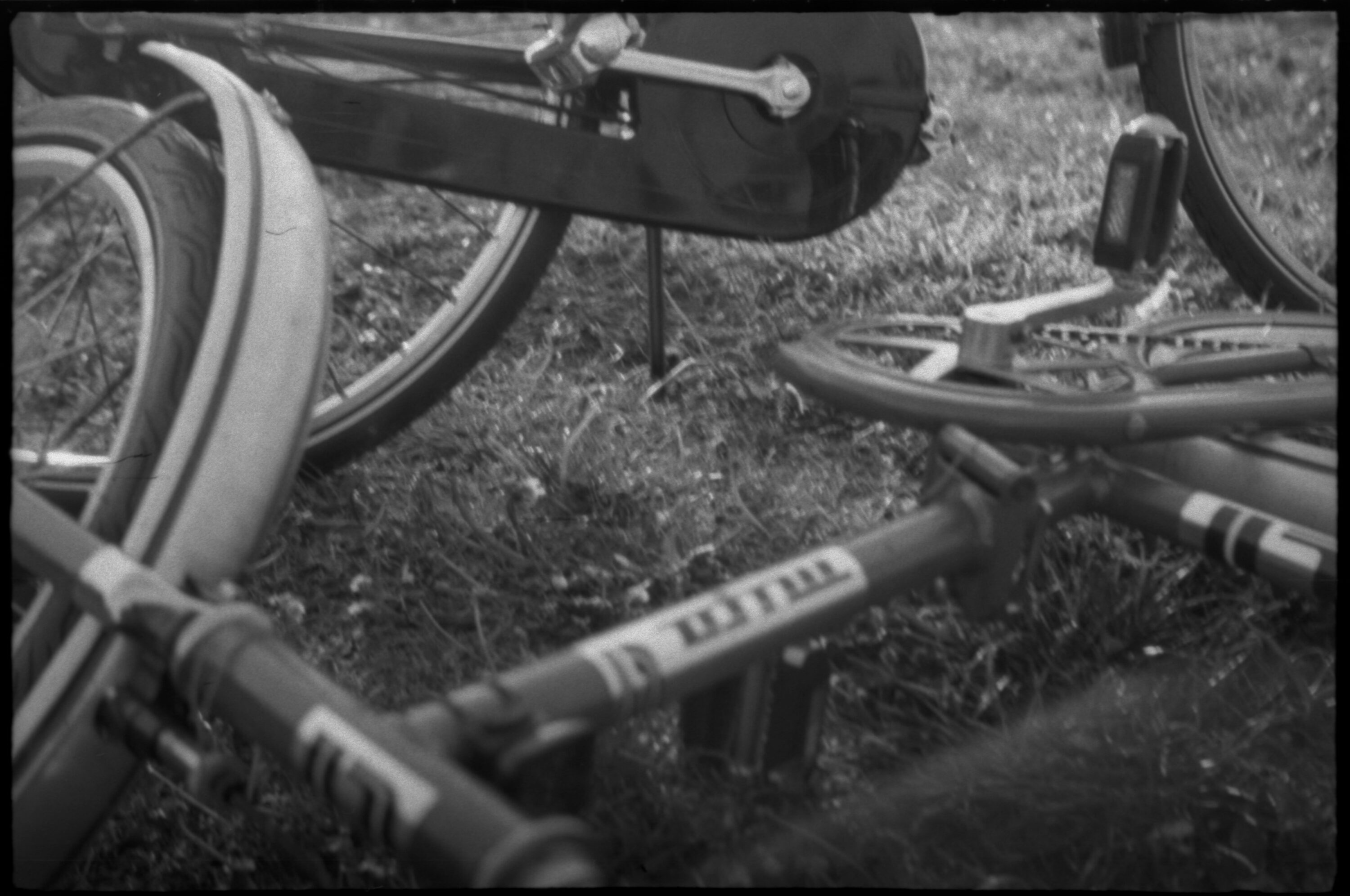
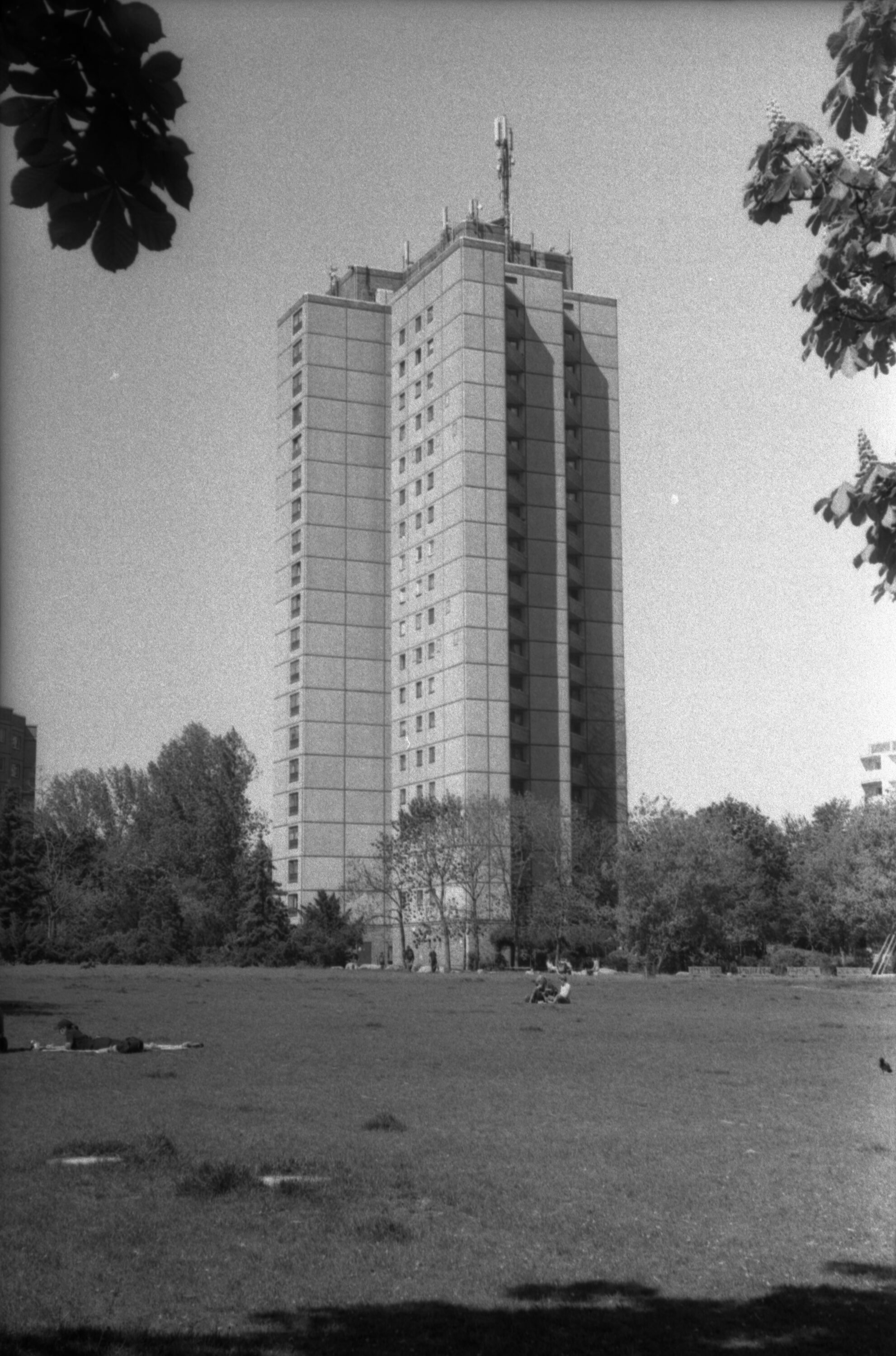
The pictures here don’t quite do it justice. I overexposed the film, sometimes by a lot. Usually (on Ilford Delta, and Fomapan 400 that I use mostly otherwise) that isn’t much of a problem, but Fomapan 100 doesn’t seem to like it all that much. The negatives got very dense indeed, which then my scanner had problems with. Might also be that I overdeveloped a bit, I don’t know.
Anyway – Mimosa II, go buy one, they are a whole lot of fun. (The older Mimosa is fine too. The viewfinder in the II is a bit small anyway, so that’s not really much of an improvement over the first version).
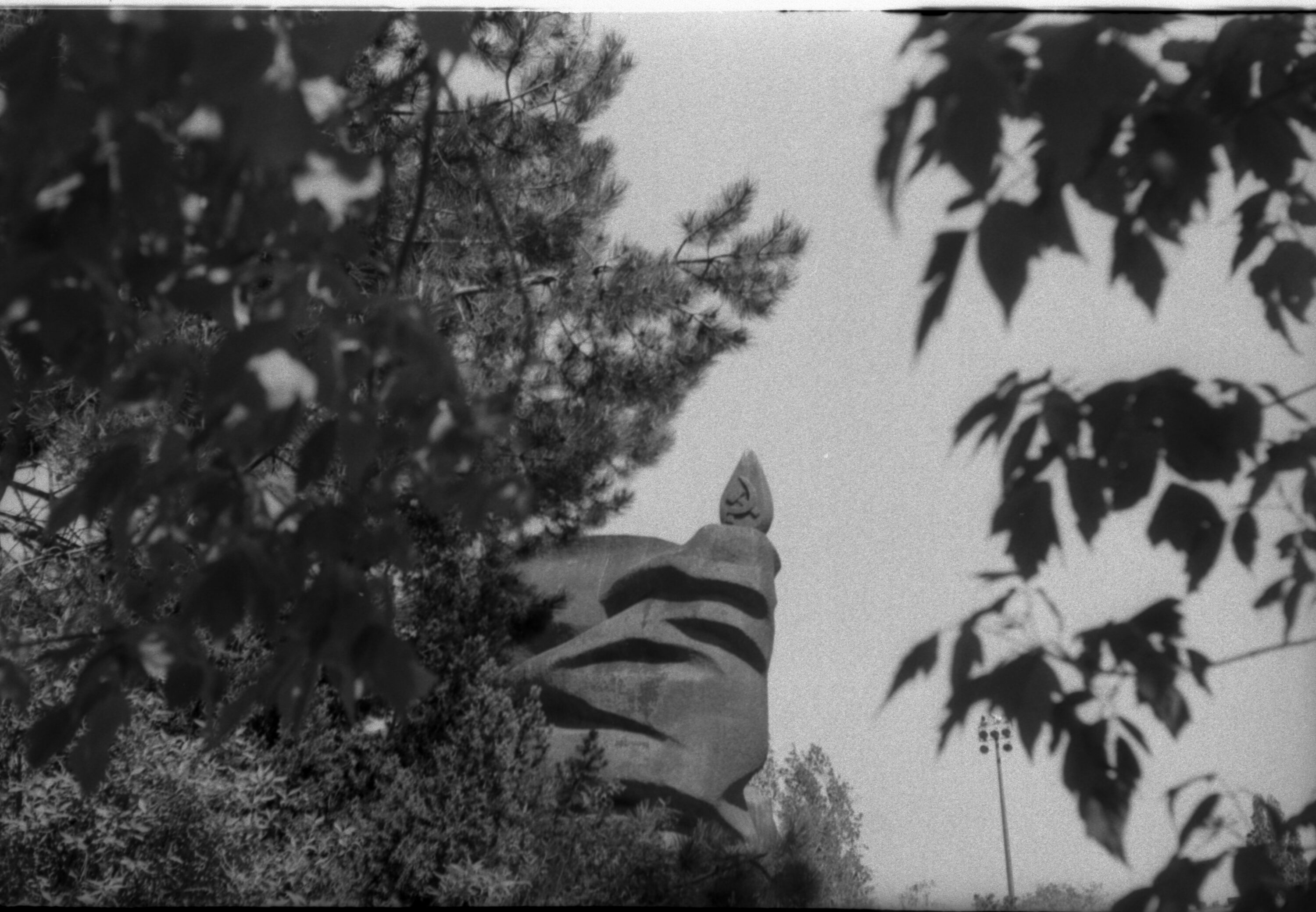
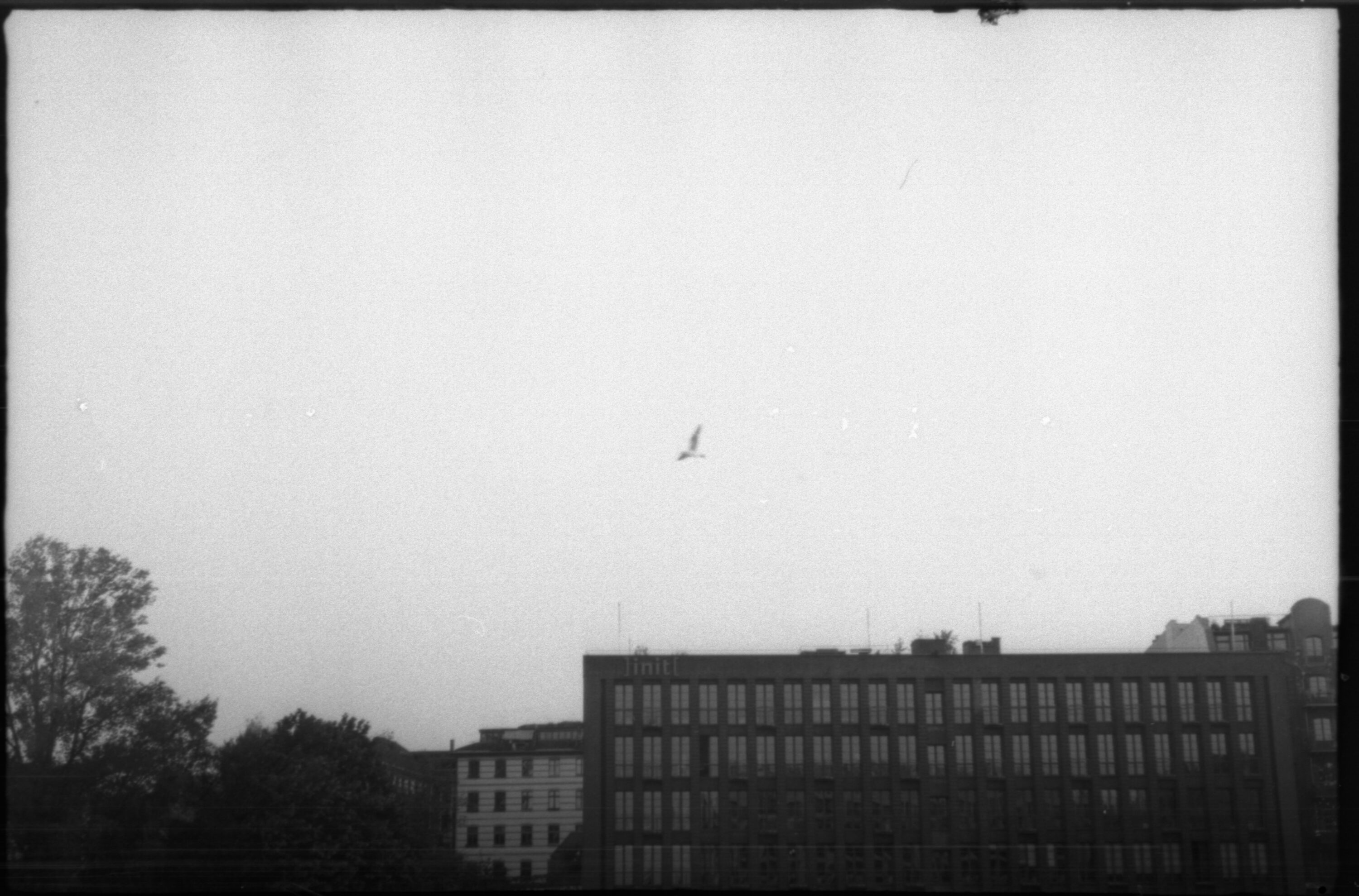




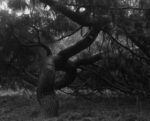

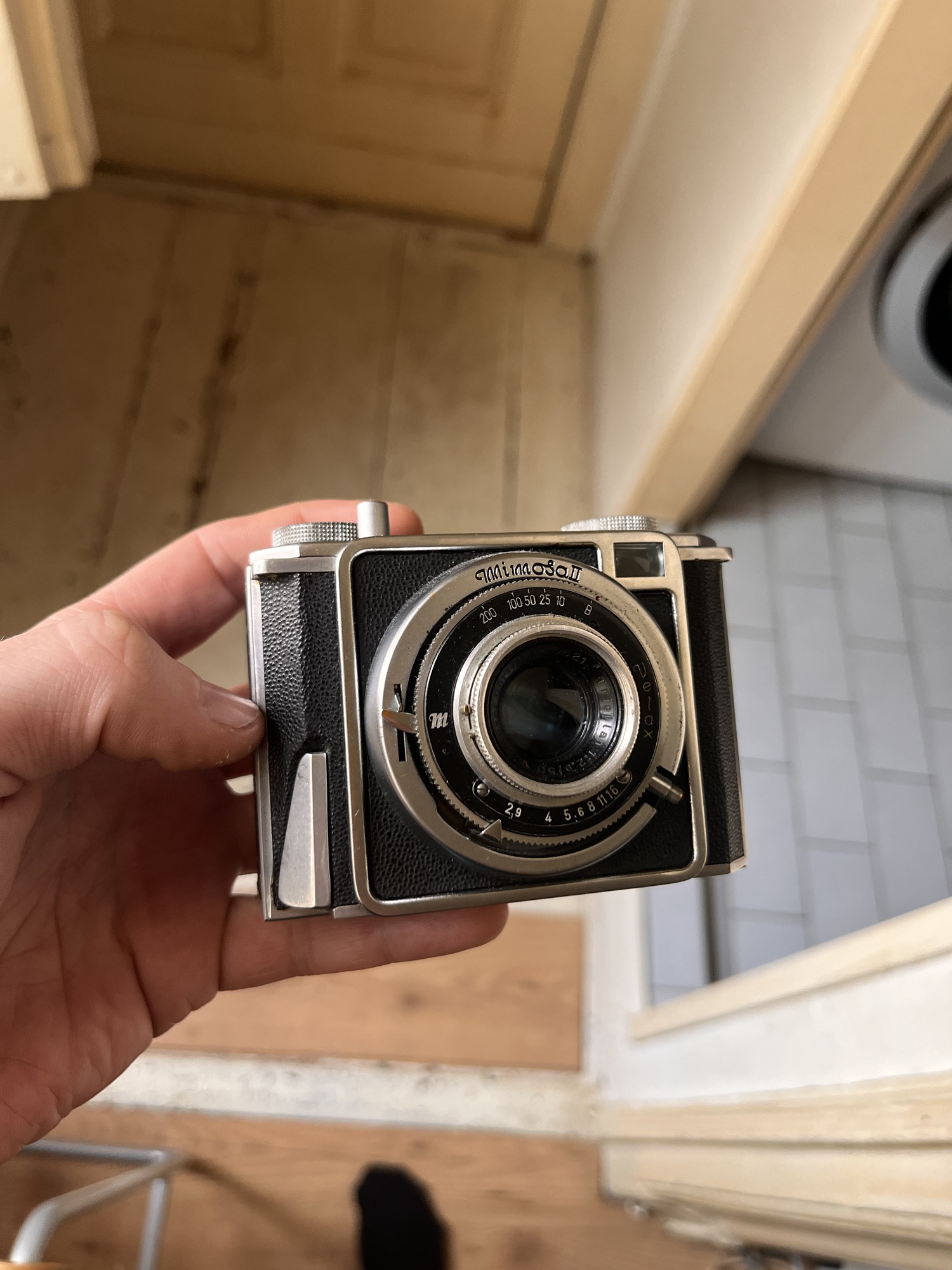
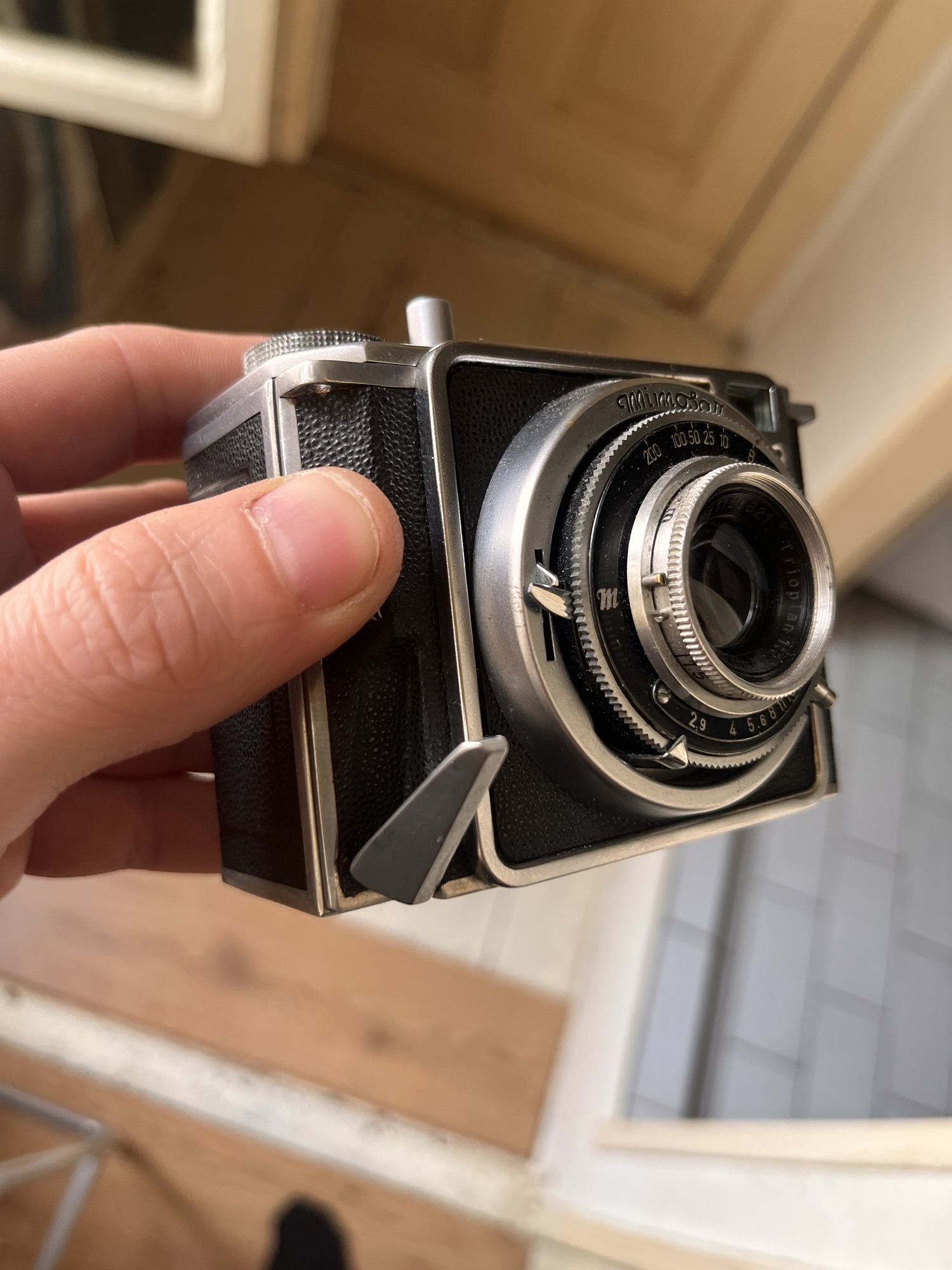
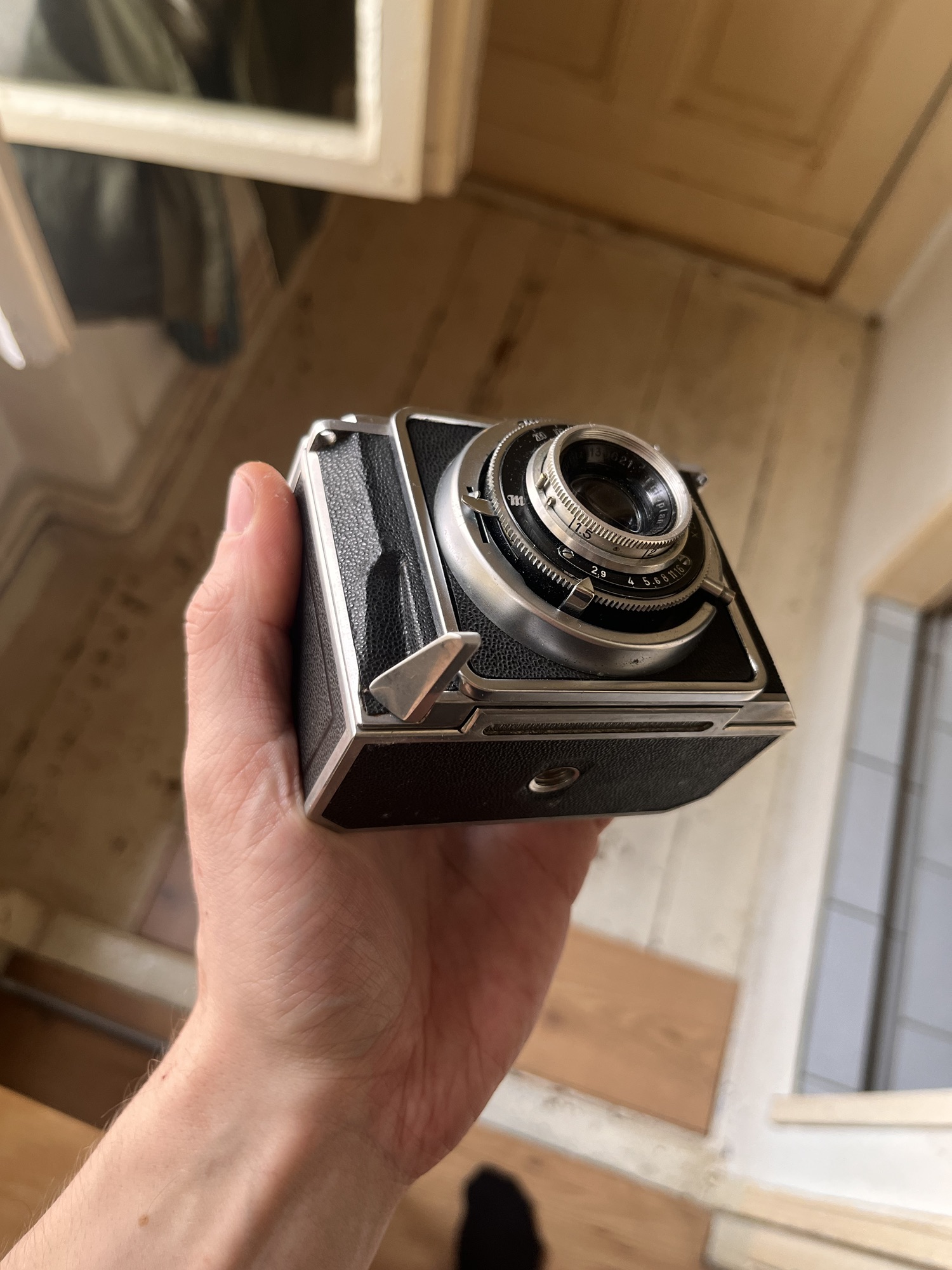
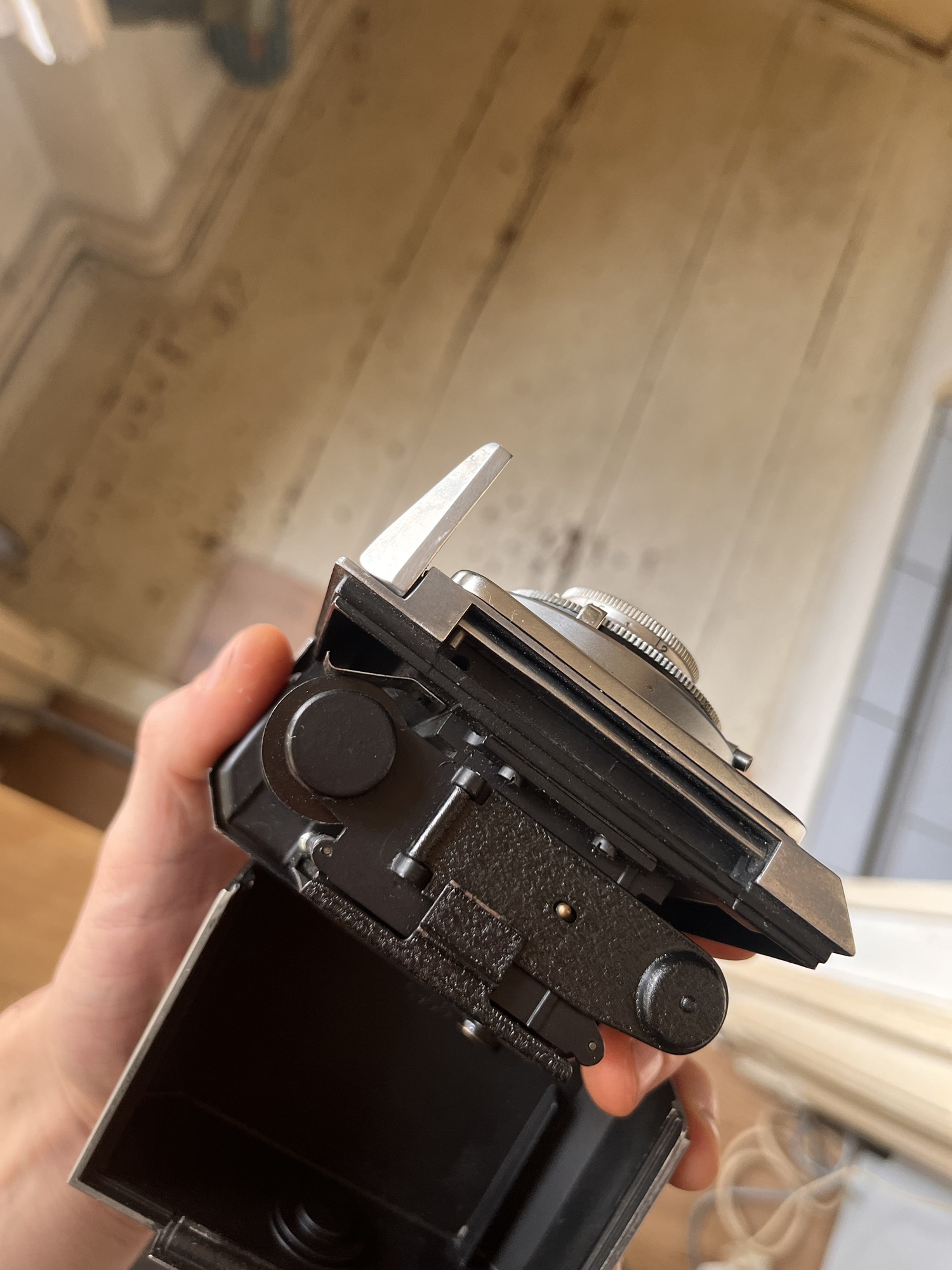
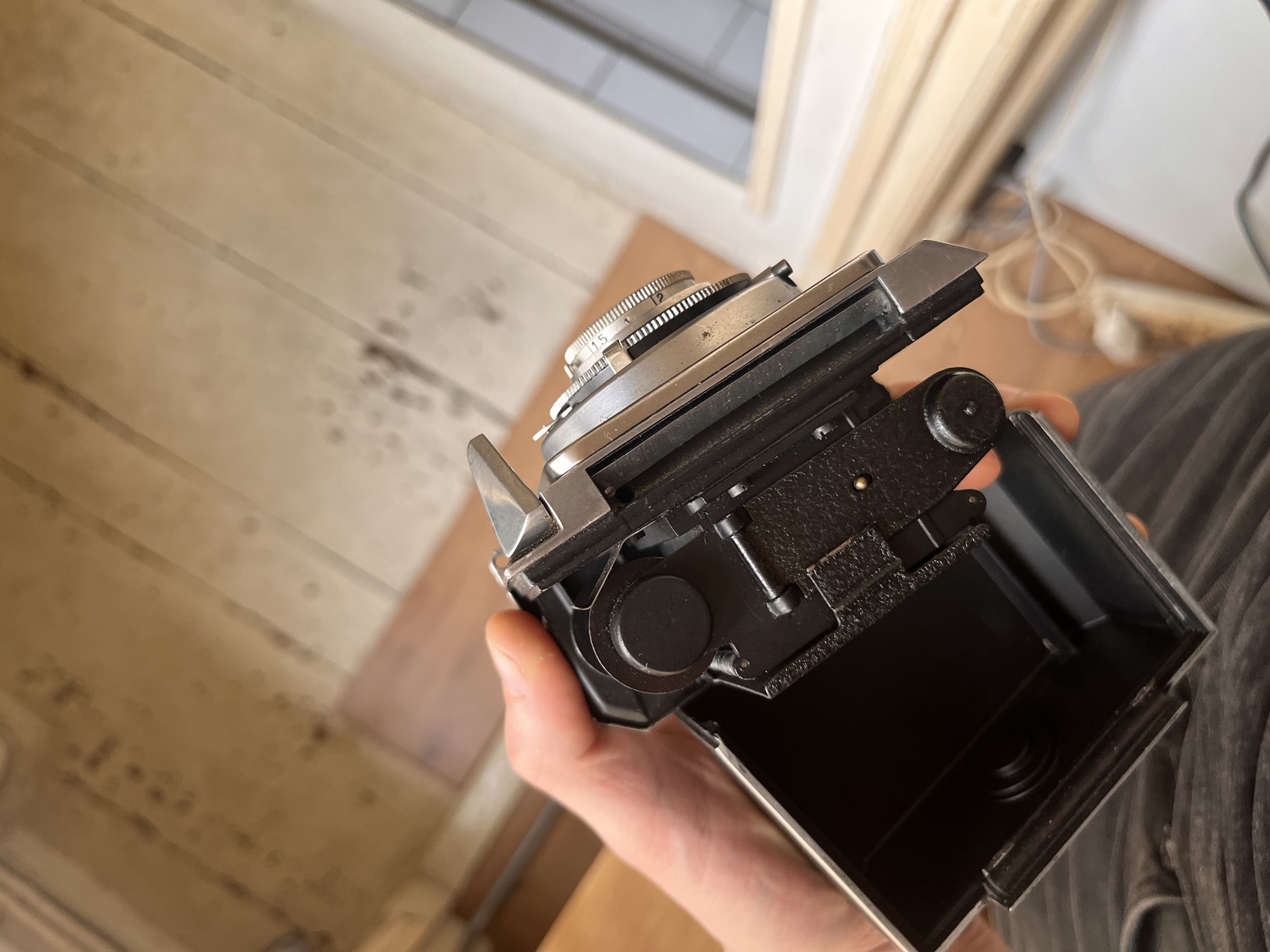
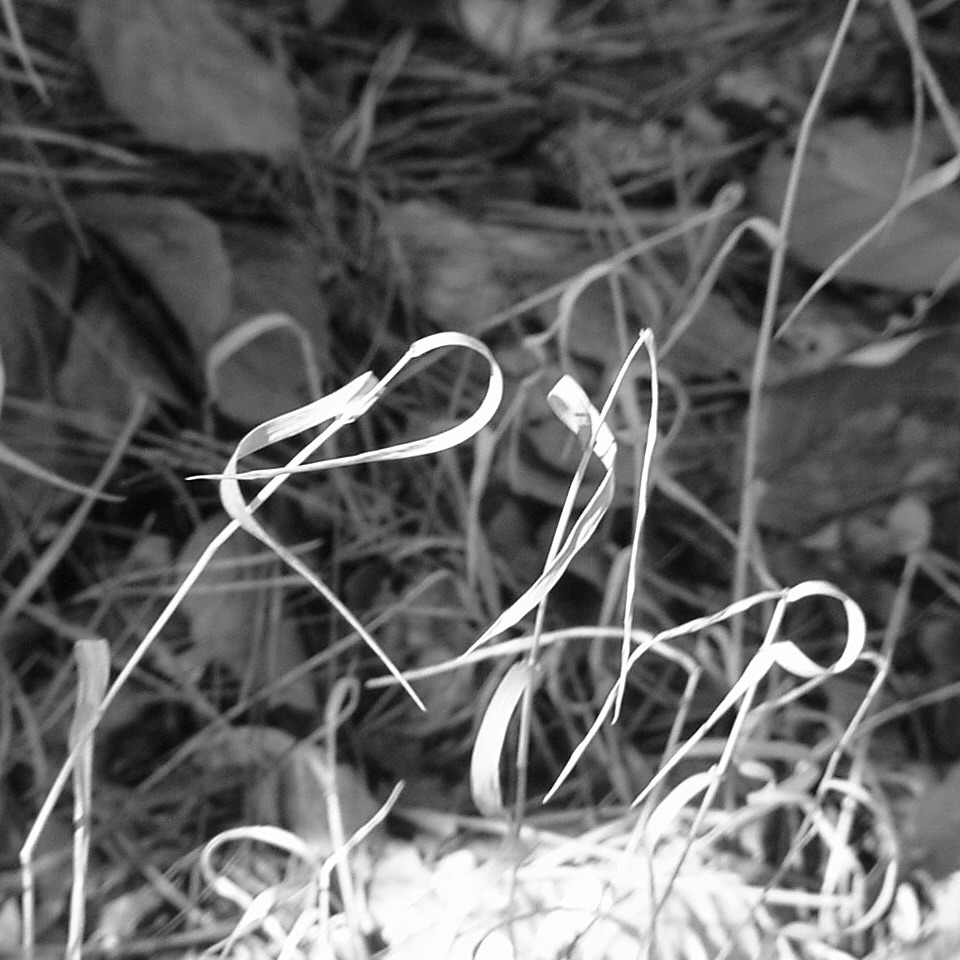
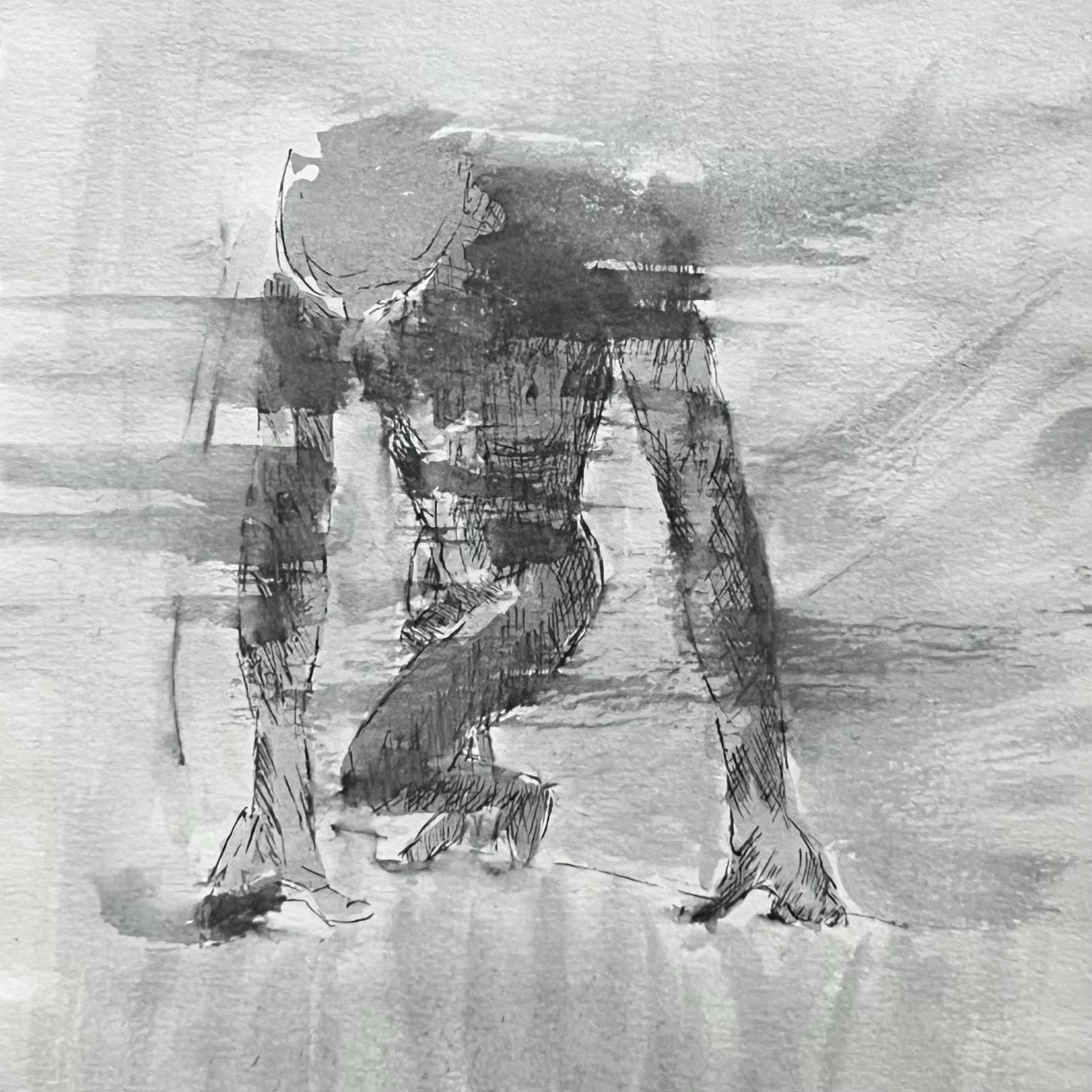
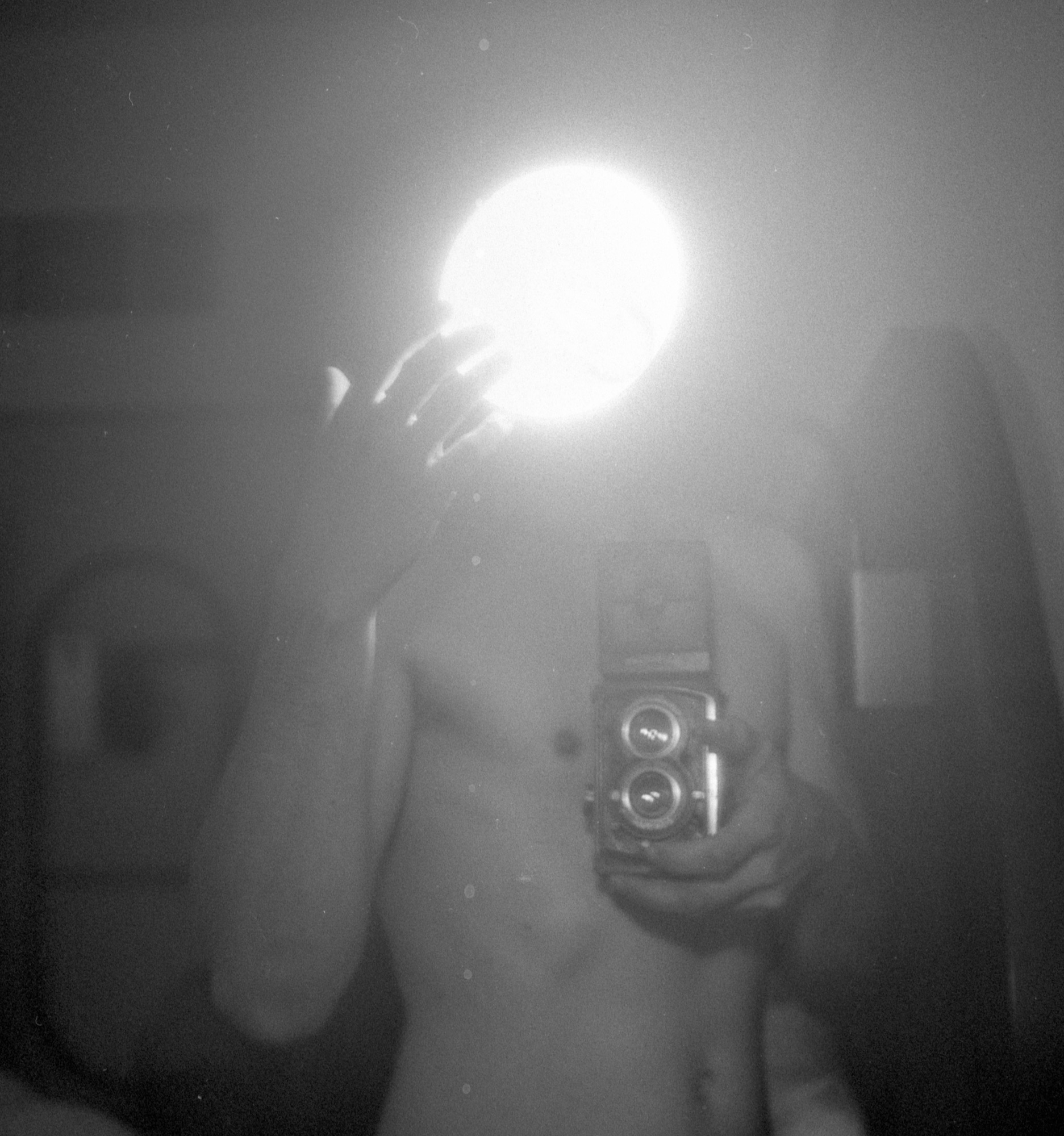
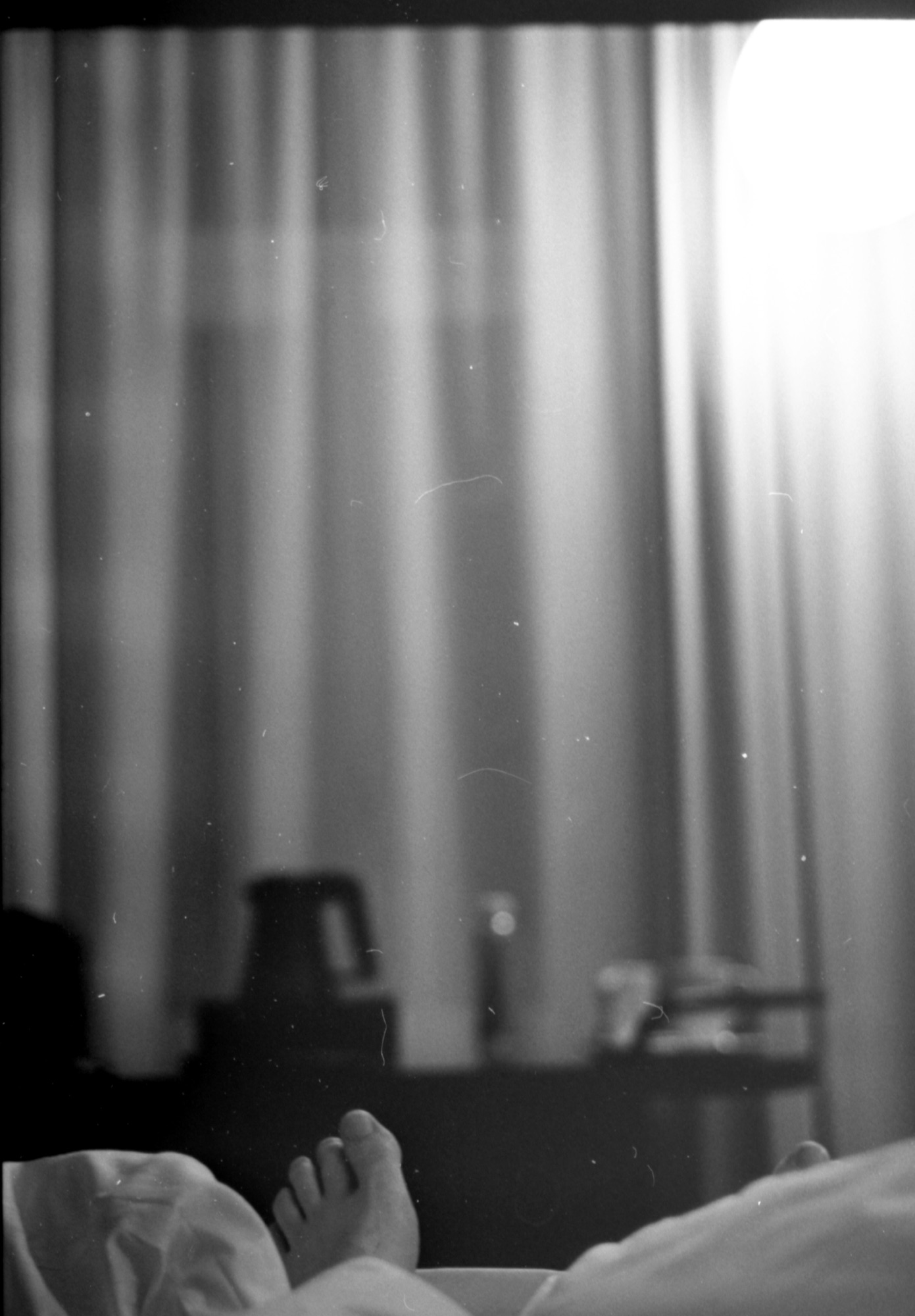
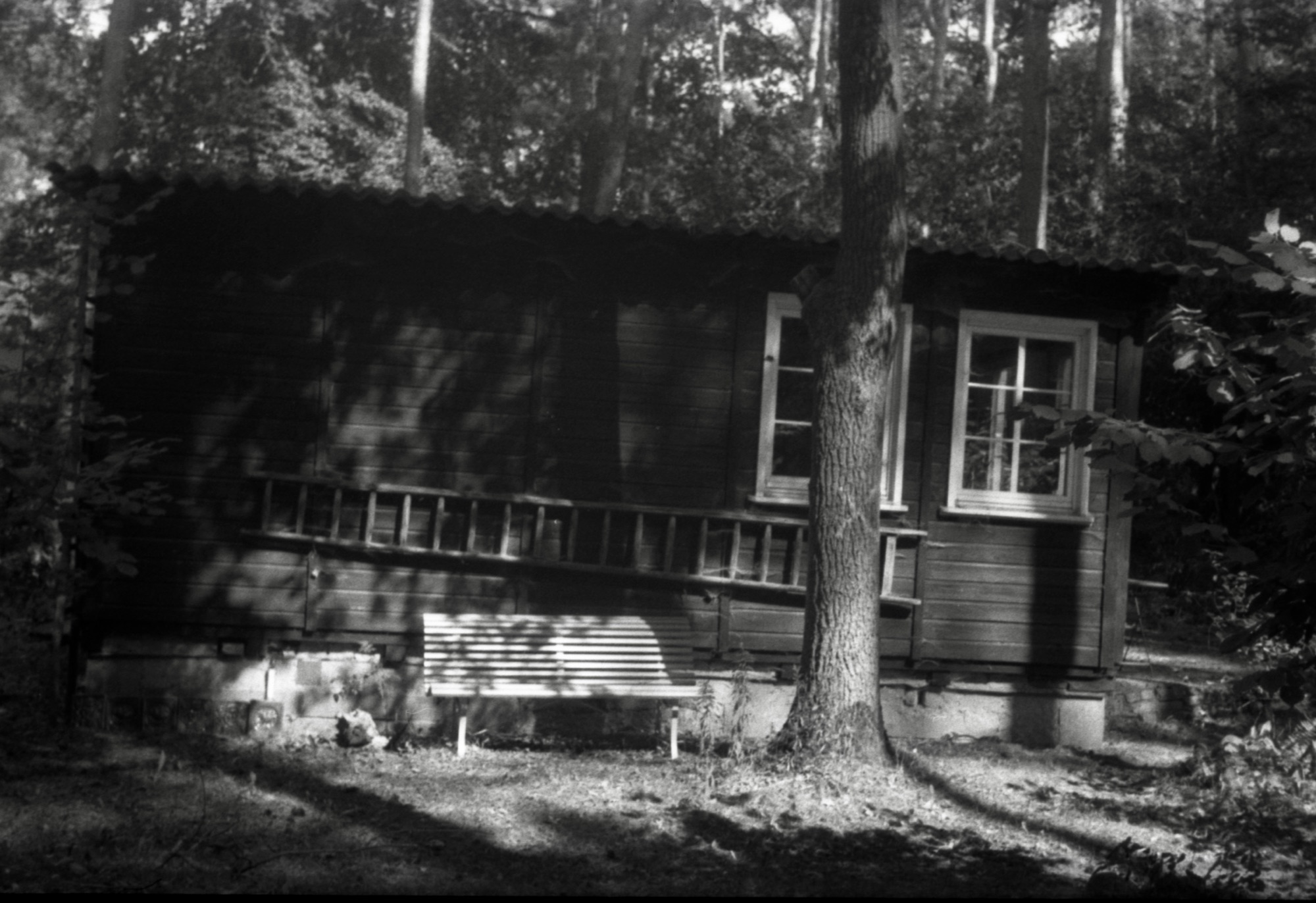

Leave a Reply